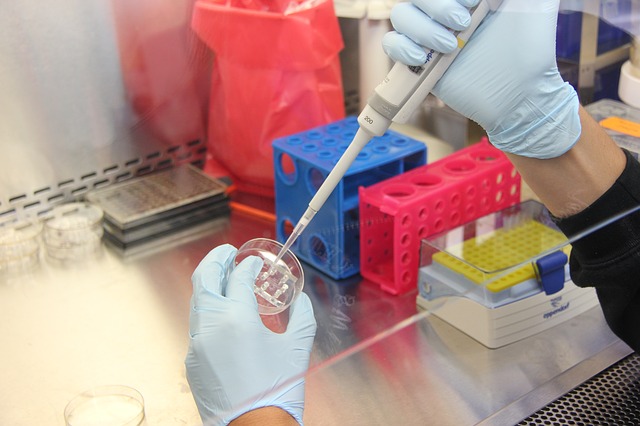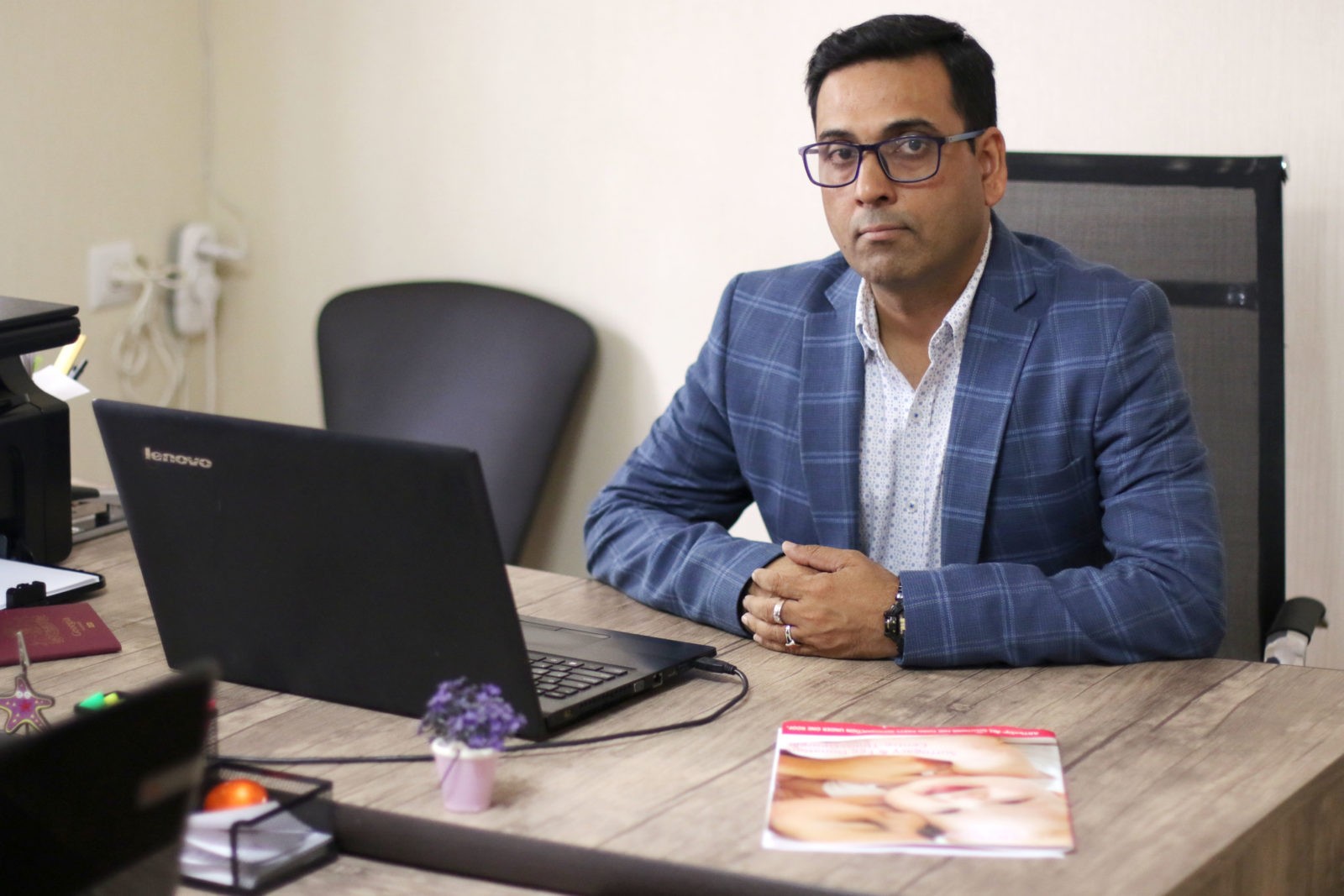
Introduction of the motile sperm organelle morphology examination (MSOME) uses high-power differential interference contrast optics, which allow implementing a new method of assisted reproduction technology (ART), known as the intracytoplasmic morphologically selected sperm injection (IMSI).
There are different male fertility predictors including age, sperm quality parameters, DNA fragmentation, fertilization method, and free radicals level.
Apart from these, increased BMI, smoking, and high-stress level are also contributory factors of male infertility.
IMSI is a procedure recommended for the correction of a malefactor related to infertility.
IMSI is less discussed than other male infertility ART procedures including intracytoplasmic sperm injection (ICSI).
In 1992, ICSI was introduced and open a door to utilize the morphology of spermatozoa for injection to improve the rate of fertilization and pregnancy.
But there is little discussion about IMSI.
A research study reported that IMSI is a better ART treatment option for male infertility.
This reduces sex chromosome aneuploidy and improves implantation rates and pregnancy.
The demerits associated with ICSI procedures including delicate morphological deformities of the sperm nucleus leads to low fertilization rates, reduce blastocyst formation, and poor clinical outcomes.
Less magnification of sperm morphology and motility one of the cause of poor clinical outcomes. In ICSI, the used magnification is ×400.
High-power contrast optics used in the IMSI procedure provide better sperm selection.
The high magnification used in the IMSI procedure helps to detect the morphologically normal nucleus
containing symmetrically oval-shaped spermatozoa with homogeneous chromatin mass.
This also allows identifying the small shaped and tiny sized single vacuole spermatozoa.
The space of vacuole is less than 4% of the nuclear area.
Increase the number of vacuoles in the sperm nuclear structure can cause fragmentation or denaturation of sperm DNA and harm human embryo development.
Several studies already demonstrated that maternal increasing age is one of the causative factors of substantial errors in the chromosomal structure of human embryos.
The advantages of IMSI include significant improvement of embryo morphology, implantation rate, and pregnancy outcomes.
This procedure also enhances the tendency to increase day 3 embryo quality, protract an equal aneuploidy rate and reduces miscarriage rates.
These benefits achieved due to the IMSI procedure provides normal chromosomal structural viable blastocysts and consequently increases the rate of blastocyst development.
Thus, increases genetically normal blastocysts rates.
Clinically, well designed IMSI technique is considered as an alternative to manage the male factor infertility in couples, who try to attain a successful ART cycle outcome.
IVM or in-vitro maturation is another treatment procedure of ART, which involves immature eggs collection from a woman by injecting hormonal therapy.
After the collection of immature eggs through a minor surgical procedure, they are artificially cultured by using hormonal therapy in a laboratory set up for maturing them.
Then ICSI procedure is applied to fertilize the mature eggs.
After the formation of embryos, the created embryos are transferred into the mother’s uterus to achieve pregnancy and for further development of the fetus.
In 1970, the first IVM procedure was introduced and till now more than 5000 live births have successfully obtained through IVM.
Currently, IVM is reserved for carefully selected patients at risk for ovarian hyperstimulation syndrome and those with contraindications to hormone administration.
The technology is still considered experimental.
In 2015, the Obstetrical and Gynecological survey report concluded that the rate of pregnancy is lower in IVM than conventional IVF, but IVM is a safer and simpler alternative to conventional IVF.
The development of medical science modulates the IVM procedure.
There is a better outcome with a new IVM procedure than an older one.
Previously, the maturation process of collected immature eggs was done in cell culture, but the current technique follows egg maturation by using a protein dimer called cumulin.
This new technique has increased by 50% more healthy mature egg formation than the older method.
Read Also: Sperm Selection and IVF Success

Ravi Sharma is a self-motivated, successful entrepreneur and has a solid experience in the fertility segment. and he is the director at ARTbaby Global (ARThealthcare). He is a pharmacy graduate with post-graduation in business administration and has 14 years of rich experience in the field of infertility segment. He loves to write about IVF, Surrogacy, and other ART (assisted reproductive technology) news, issues, and updates. He is a Pharmacy graduate (B. Pharm) and M.B.A (marketing).
His most recent success includes the successful launch of the medical tourism company, ARTbaby, which offers treatment options for infertility, egg donation, and surrogacy. He likes spending time with his family and writing about various aspects of IVF surrogacy and donating eggs.
